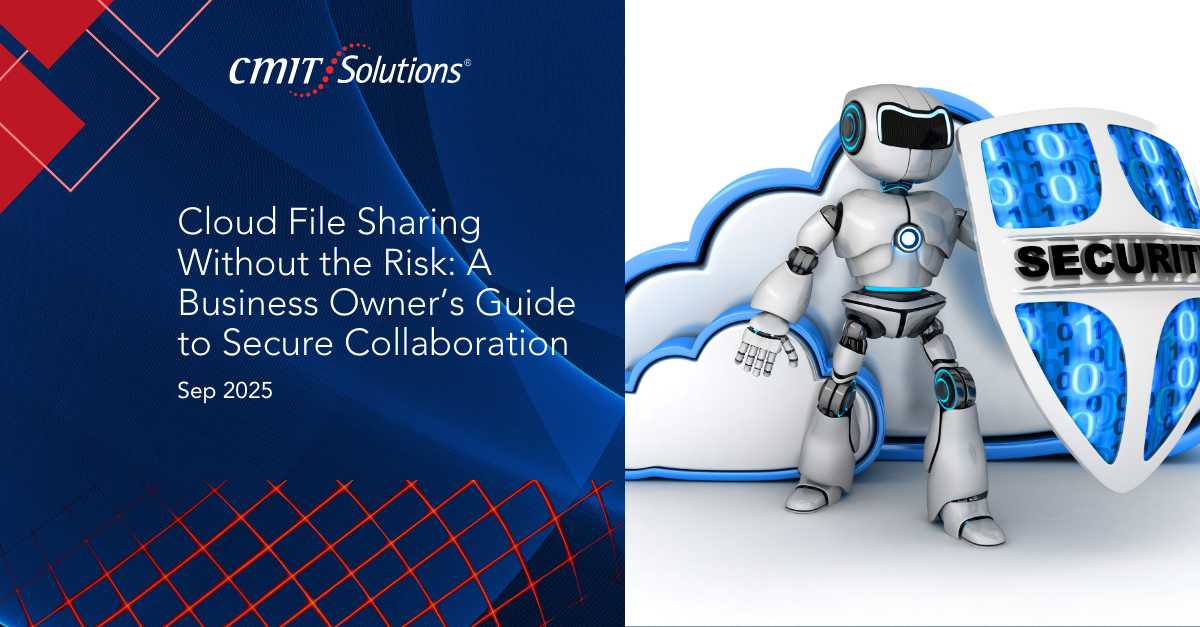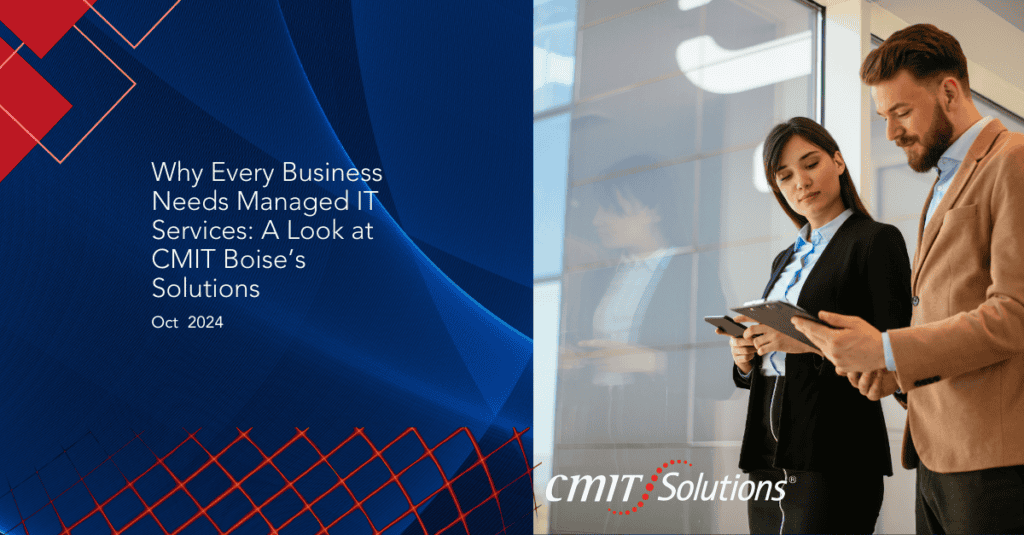Cloud file sharing has revolutionized the way businesses store, access, and collaborate on documents. For small and mid-sized business (SMB) owners, it offers convenience, flexibility, and scalability that traditional systems can’t match. But as with any digital tool, cloud file sharing comes with risks particularly when it comes to data security, compliance, and user management.
This guide explores how business owners can embrace the power of cloud collaboration while minimizing the risks, ensuring that efficiency doesn’t come at the expense of security.
Why Cloud File Sharing Is Essential for Modern Businesses
Cloud file sharing is no longer a luxury it’s a necessity. With remote and hybrid work models here to stay, employees need the ability to access and share documents seamlessly from anywhere. Solutions like Microsoft OneDrive, Google Drive, and Dropbox have made collaboration faster than ever.
Key benefits include:
- Remote Accessibility – employees can work from any device, anywhere.
- Real-Time Collaboration – teams edit and review documents simultaneously.
- Scalability – businesses expand storage as they grow, without hardware upgrades.
- Cost Savings – reduced reliance on in-office servers and maintenance.
But with these benefits come challenges that business owners must manage carefully.
The Security Risks of Cloud File Sharing
While cloud platforms are built with strong security features, risks often arise from user behavior or poor configurations. Common risks include:
- Unauthorized Access – weak passwords or lack of multifactor authentication (MFA) can expose sensitive files.
- Data Leakage – employees accidentally share links with external users.
- Compliance Violations – storing sensitive data in the wrong way can trigger penalties.
- Shadow IT – employees using personal accounts or unapproved apps for business files.
Recognizing these risks is the first step to building a secure cloud strategy.
Best Practices for Secure Cloud Collaboration
To enjoy the benefits of cloud sharing without the risks, SMBs need to implement strong policies and technologies.
1. Enable Multi-Factor Authentication (MFA)
Passwords alone are not enough. MFA adds an additional layer of protection, making it harder for hackers to compromise accounts.
2. Use Zero-Trust Principles
Adopting a zero-trust architecture ensures that no user or device is trusted automatically, reducing the risk of insider threats.
3. Educate Employees on Secure Practices
Employees must understand the dangers of careless sharing. Regular cybersecurity training helps prevent accidental exposure and phishing attacks.
4. Leverage Encrypted File Sharing
Always ensure files are encrypted both in transit and at rest. This protects data from interception.
5. Monitor and Audit File Access
Regular monitoring of file activity helps identify unusual behavior, such as repeated failed login attempts or files being downloaded outside of normal business hours.
The Role of Backup and Disaster Recovery
Even the most secure systems can fail. That’s why data backup and disaster recovery solutions are critical. A strong backup strategy ensures that files remain accessible in the event of accidental deletion, ransomware, or a system outage.
Business owners should confirm that their provider offers:
- Regular automated backups.
- Quick restoration options.
- Testing to ensure recovery actually works when needed.
Compliance Considerations for SMBs
Many SMBs underestimate how compliance regulations affect their file-sharing practices. Industries like healthcare, finance, and legal services must meet strict standards such as HIPAA, PCI DSS, and GDPR.
Proactive IT support helps businesses stay compliant with evolving data rules and regulations, ensuring files are stored securely, shared appropriately, and tracked with audit logs.
Cloud Sharing and Productivity
Secure collaboration isn’t just about locking things down it’s also about enabling efficiency. By adopting cloud computing for modern businesses, SMBs can empower employees to work smarter while IT teams ensure data remains safe.
When combined with unified communications, cloud collaboration drives innovation, reduces delays, and improves customer service.
What Happens If You Ignore the Risks?
Failing to secure cloud file sharing can have severe consequences:
- Data breaches that damage customer trust.
- Costly downtime from ransomware attacks.
- Fines for compliance violations.
- Loss of intellectual property through accidental leaks.
The risks aren’t hypothetical they’re already happening to SMBs that don’t implement proper safeguards.
Conclusion: A Smarter Way to Share
Cloud file sharing is here to stay, and when used properly, it offers immense advantages for SMBs. The key is balancing convenience with protection. By adopting strong security practices, enabling proactive monitoring, and working with trusted providers of managed IT services in Boise, business owners can ensure that collaboration happens without compromise.
With the right strategy, cloud sharing becomes not just safe but a competitive advantage enabling teams to work faster, smarter, and more securely than ever.







